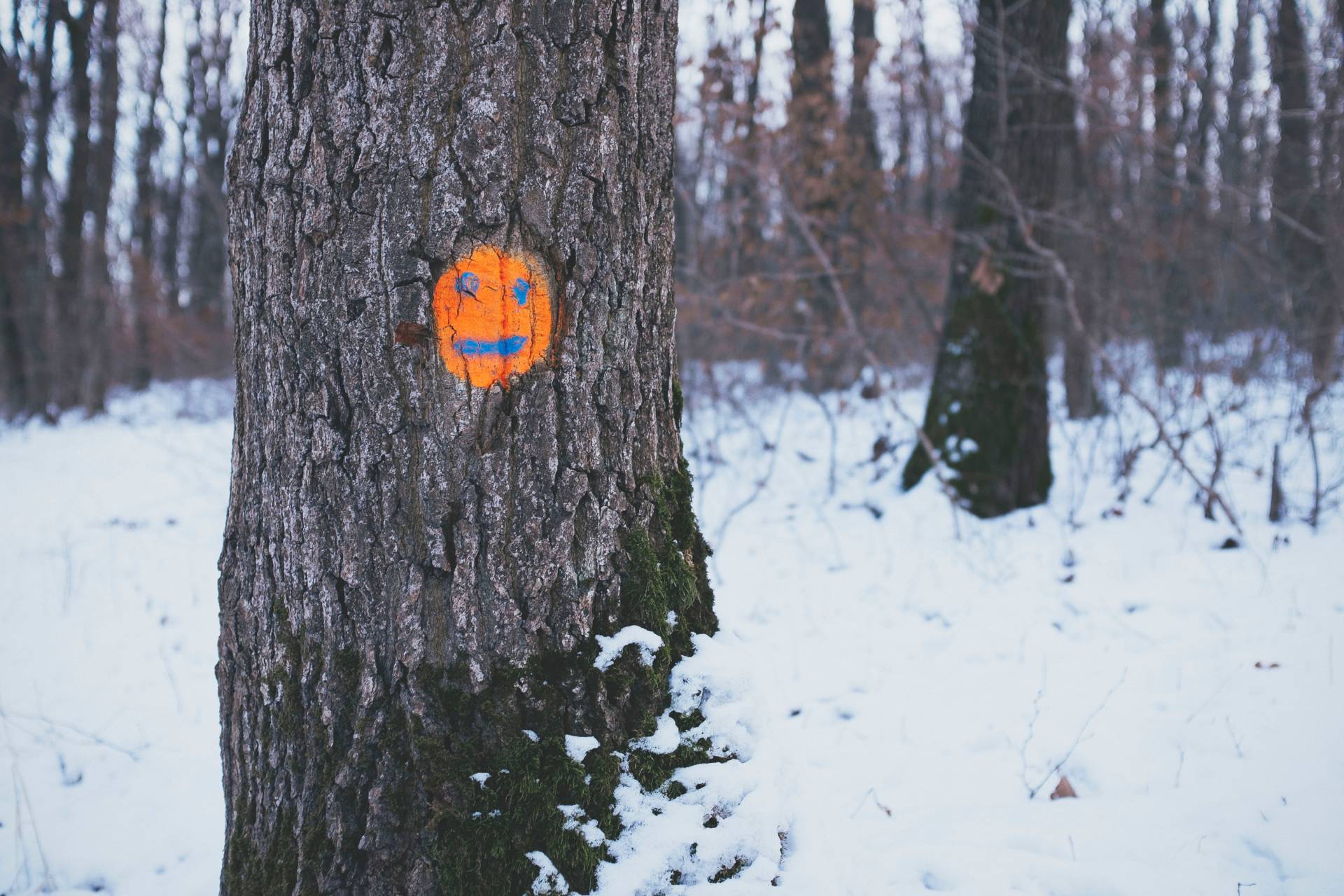In a lot of ways, tree bark is to a tree what skin is to a human being. It serves as a protective layer over vital organs.
More specifically, though, tree bark is made up of several layers outside the cambium, which is a layer beneath a tree’s bark in its trunk and branches. It is mostly made up of dead cells and provides the tree with much of its strength.
While the bark has many layers, which serve functions such as transporting minerals up from the tree’s roots and sugars from the leaves to the rest of the tree, generally all we see of it is the outer layer. This outer layer acts as a protector of the tree by keeping it from being burnt by the sun and not allowing it to get dried out by the wind, as well as shielding it from attacks by fungi, insects, and mammals that would like to take full advantage of the tree’s wood and sugar-rich sap.
Tree bark not only helps with important tree functions but is also an essential safeguard. If there is something wrong with the bark of a tree, odds are that means the tree itself has issues that must be addressed.
There are several problems with the bark that could potentially serve as tell-tale signs that there may be something very wrong with a tree:
Weather Damage
Weather can do a lot of damage to tree bark and, by extension, the entire tree. This can be somewhat tricky because it can happen due to a variety of weather conditions. As you might expect, overbearing heat can cause the bark to crack or weaken, as can extreme cold, especially if it involves snow or ice. This is also the case with a major storm, whether a hurricane, tornado or even just a run of the mill heavy rainstorm.
That said, even something as simple as a major shift in temperature can cause damage to the bark and can lead to some of it falling off. For instance, if a change of seasons occurs rapidly, a wild swing in temperature could ensue and lead bark damage that could weaken the tree.
Typically, the best way to handle anything of this nature is to regularly perform maintenance on your trees to make them as strong as possible at all times. This involves keeping them properly hydrated and using mulch around the base.
Damage from Insects and Animals
There are numerous animals that will regularly cause damage to bark, most commonly squirrels, rabbits, and bears. These animals may be attempting to dig through the bark to find insects to use for food or to find water when it hasn’t rained for a significant period of time. If the tree is healthy, this generally will not make a major difference because the amount of bark stripping will not usually be significant.
However, with insects, it can be a very different story. A wide variety of insects can attack the bark of the tree, causing all kinds of damage in the process. This damage could come in many different forms, including everything from holes in the trunk to loosening or flat out the destruction of the outer bark layer.
You want to avoid infestation at all costs and, if one occurs, you need to snuff it out immediately before it spreads and destroys the entire tree. Two tell-tale signs of an infestation are a trail of insects or visible eggs on the trunk. If you see either of these, you should call a tree professional to handle the matter right away.
Damage from Fungus and Disease
As aggravating as it can be dealing with damage to a tree caused by insects and animals, it can often be even more exasperating to grapple with tree damage that occurs as the result of fungus or disease. This is because with insects and animals you can typically see what is doing the damage and where it’s coming from, so the problem is clear and relatively easy to solve. But with fungus and disease, it is often invisible from the surface making it a lot more difficult to diagnose and eradicate the problem. In these instances, you often have to work to make an educated guess as to what is happening, which is why you should rely on professionals.
If you do see bark falling off a tree and it was not caused by weather, animals, or insects, there is a strong chance that fungus or disease is the underlying cause. In cases like these, you may also see a pile of decomposing bark at the base of the tree.
One very dangerous sign is colored lesions on the trunk or branches of a tree because those often break through the bark and can spread throughout the whole tree. These colored lesions (usually black, brown, or red) are called cankers and can completely destroy a tree if not dealt with quickly and correctly. If you notice a canker on one of your trees, you should call a tree professional immediately.
Naturally Occurring Damage
When a tree grows, it forms fibrous tissue and the outer layer expands. If a tree is old, the bark is less flexible, so when growth occurs, some of the bark will be more susceptible to cracking and falling away from the trunk. This is considered natural shedding, with the outer layer being peeled, almost like human skin peels and is eventually replaced following a sunburn. This process is especially common in specific species, such as birch trees, and it’s not anything to be concerned over but good to know about. Recognizing what is occurring prevents you from overreacting and instead allows you to focus on actual threats to a tree’s well-being.
Disclosure: This is a collaborative post.

